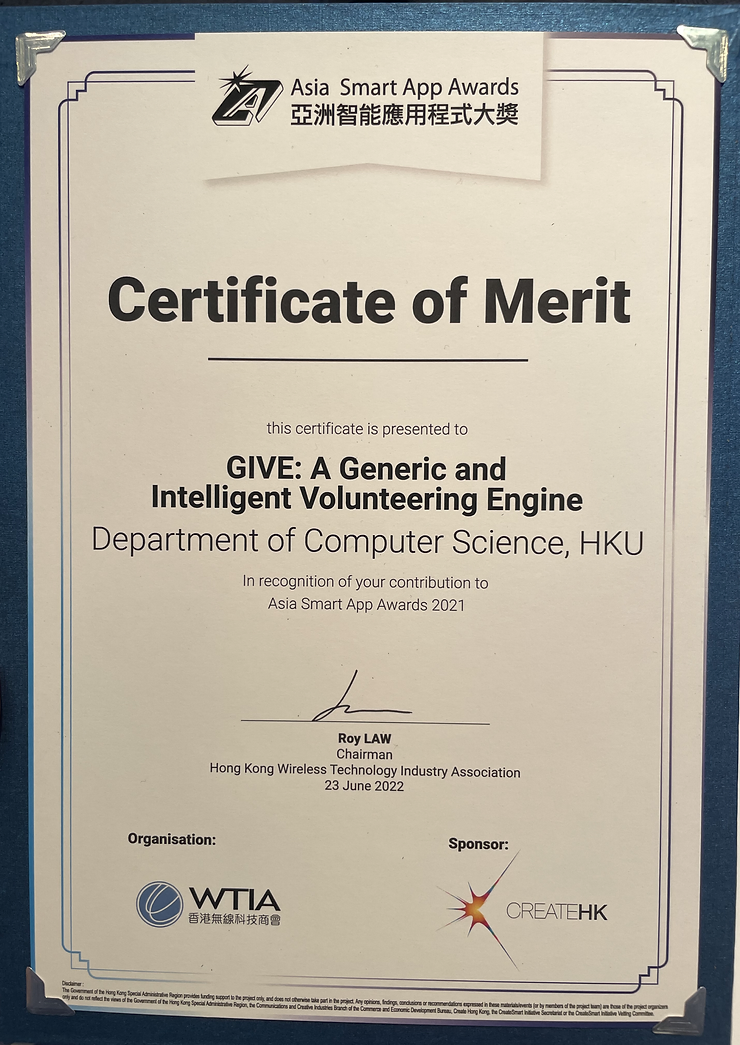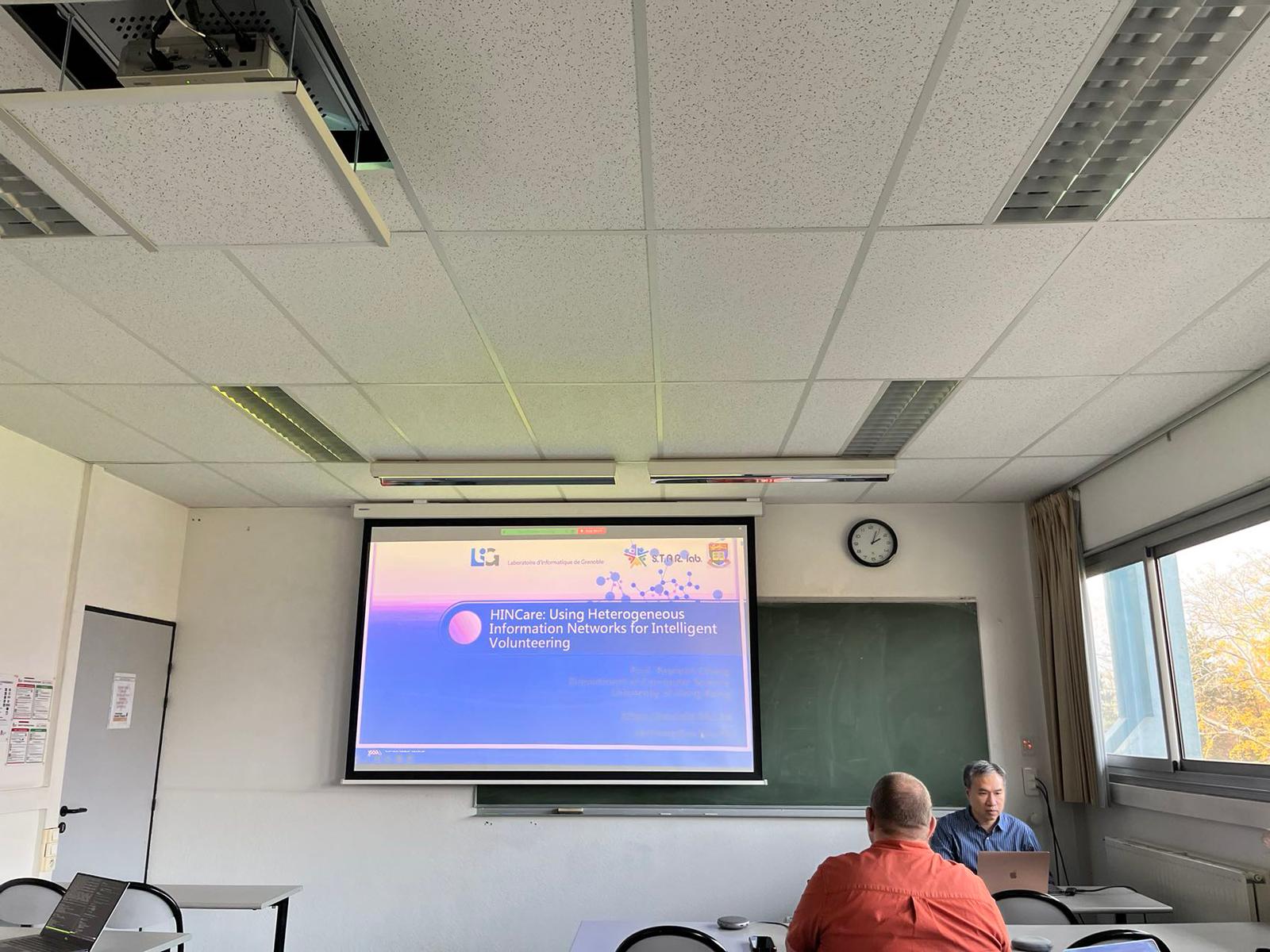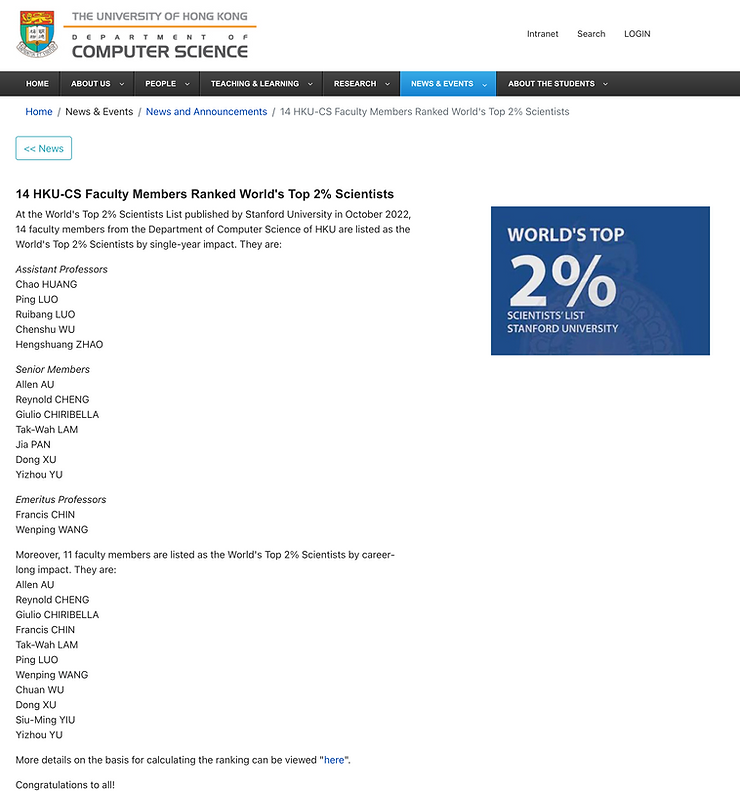
ACM has named 52 Distinguished Members for significant contributions. All the 2023 inductees are longstanding ACM Members and were selected by their peers for work that has advanced computing, fostered innovation across various fields, and improved computer science education.
“The ACM Distinguished Members program recognizes both career achievement as well as participation in ACM,” said ACM President Yannis Ioannidis. “Many of these new 52 Distinguished Members have been selected for important technical achievements, while others have been chosen because of their service and/or work in computer science education, which lays the foundation for the future of our field. With the Distinguished Member designation, ACM also highlights how individual computing professionals maintain the health and growth of a global scientific society through membership and active engagement with their colleagues.” v vThe 2023 ACM Distinguished Members work at leading universities, corporations and research institutions in Australia, Belgium, Canada, China, Denmark, Finland, France, Germany, India, Israel, Italy, Switzerland, the United Kingdom, and the United States. This year’s class of Distinguished Members made advancements in areas including AI and economics, principles of data management, software development, human-computer interaction, developing technology for people with disabilities, mobile and wireless sensing systems, and many others.
The ACM Distinguished Member program recognizes up to 10 percent of ACM worldwide membership based on professional experience and significant achievements in the computing field. To be nominated, a candidate must have at least 15 years of professional experience in the computing field, five years of professional ACM membership in the last 10 years, and must have achieved a significant level of accomplishment or made a significant impact in the field of computing. A Distinguished Member is expected to have served as a mentor and role model by guiding technical career development and contributing to the field beyond the norm.




